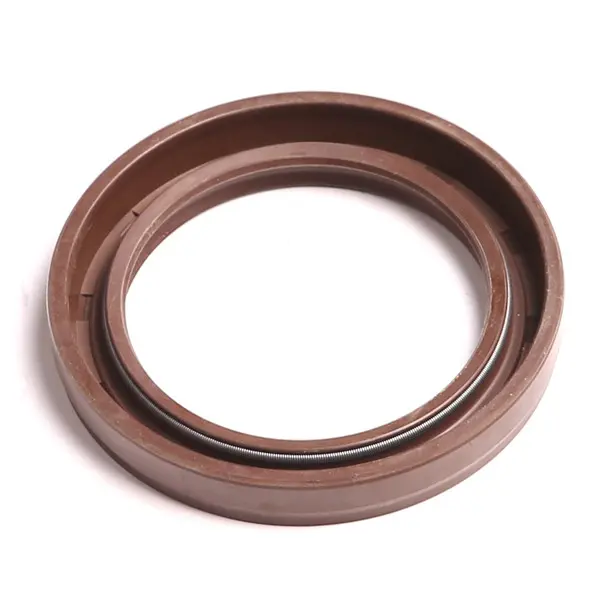9 月 . 23, 2024 15:54 Back to list
Replacing Valve Cover Gasket for Improved Engine Performance and Leak Prevention
Understanding Valve Cover Gasket Importance, Function, and Maintenance
The valve cover gasket is a critical component in an internal combustion engine, serving as a seal that prevents oil leaks from the valve cover into the engine compartment. Positioned on top of the engine, the valve cover houses the camshaft, rocker arms, and other vital components that control valve movement. While often overlooked, the valve cover gasket plays a significant role in engine performance and longevity.
Importance of the Valve Cover Gasket
The primary function of the valve cover gasket is to prevent engine oil from leaking out of the valve cover. Engine oil is essential for lubricating the moving parts within the engine, promoting smooth operation and preventing overheating. If the valve cover gasket fails, it can lead to oil leaks, resulting in low oil levels that can severely damage the engine over time. Additionally, oil leaks can create a messy engine compartment, pose fire hazards, and lead to more expensive repairs if not addressed promptly.
Common Signs of a Failing Valve Cover Gasket
Recognizing the signs of a failing valve cover gasket is crucial for timely maintenance
. Some common symptoms include1. Oil Leaks One of the most obvious signs of a bad gasket is oil pooling under the vehicle or a visible leak around the edges of the valve cover. This can often lead to oil stains on the driveway or garage floor.
valve cover gasket cover

2. Oil Contamination If oil seeps out, it may contaminate other engine components, leading to decreased performance and efficiency. This contamination can also cause sludge build-up, which further complicates engine functionality.
3. Burning Oil Smell When oil escapes from the valve cover, it may drip onto hot engine parts, leading to a burning smell. This not only indicates a leak but can also pose a fire risk.
4. Increased Engine Noise A compromised gasket can result in the ingress of air into the engine, disrupting the oil’s lubrication abilities. This may lead to increased noise from the engine as the parts are not adequately protected.
Maintenance and Replacement
Regular maintenance checks can help identify potential issues with the valve cover gasket before they escalate. If you notice any of the symptoms mentioned, it is essential to have your vehicle inspected by a qualified mechanic. The cost of replacing a valve cover gasket is relatively low compared to the potential damage that can occur from neglecting a problem.
Replacing a valve cover gasket typically involves removing the valve cover, cleaning the mating surfaces, and applying a new gasket. It is crucial to ensure proper torque specifications when reinstalling the valve cover to avoid future leaks.
In conclusion, while the valve cover gasket may not garner as much attention as other engine components, it is integral to the engine's overall health. Understanding its importance, recognizing the signs of failure, and performing regular maintenance can ensure optimal engine performance and longevity. By taking care of this small but vital part of your engine, you can prevent significant issues down the road and keep your vehicle running smoothly.